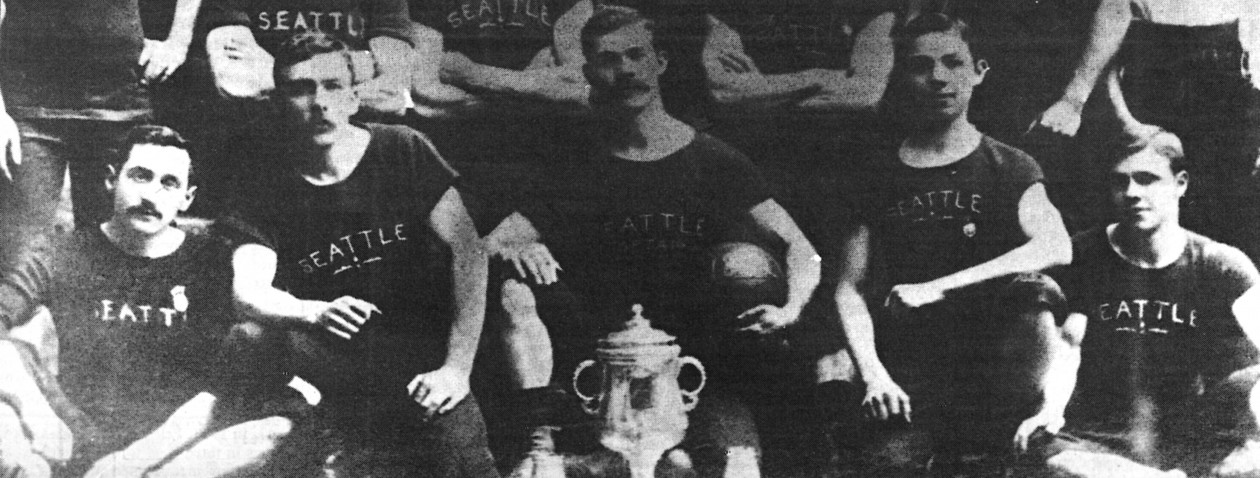All Otey Cannon did was blaze a path, fulfill his role in a legendary squad and make American footy history.
Now, approaching the 50th anniversary of his rather grand entrance into Seattle Sounders lore, Cannon has returned to Seattle, joining other members of the 1974 NASL team to become charter inductees to the Eternal Sounders Circle of Legends.
Few could rival Cannon’s ability to instantly make an impact. He was signed off waivers on June 28, 1974, and made his debut in the next game, eight days later. One particular fan took note of his warming up and was quite vocal. In the 73rd minute of a nil-nil stalemate with St. Louis, he came off the bench.

“This guy in the stands was screaming my name,” and not in a good way, according to Cannon. “John (Best, head coach) told me to ignore it, to just go out there and play. Then the ball came to me, I hit it – and it went in.”
The resulting roar of the 14,000 at Memorial Stadium effectively silenced that singular loudmouth. Cannon remembers going to his knees in celebration, thinking “Damn, about time!” Beyond that, he doesn’t remember too many specifics. “I was probably just overwhelmed.”
Four minutes into his first Sounders shift, Cannon had scored what proved to be the deciding goal. After losing three straight following star Pepe Fernandez’s season-ending injury, Seattle’s expansion side won its fourth straight and was back in NASL playoff contention. Reminiscent in recent times would be Paul Rothrock’s 2023 winner at Houston – an 83’ entry and 87’ winner – in his MLS debut.
Continue reading Cannon’s Grand Entrance


















